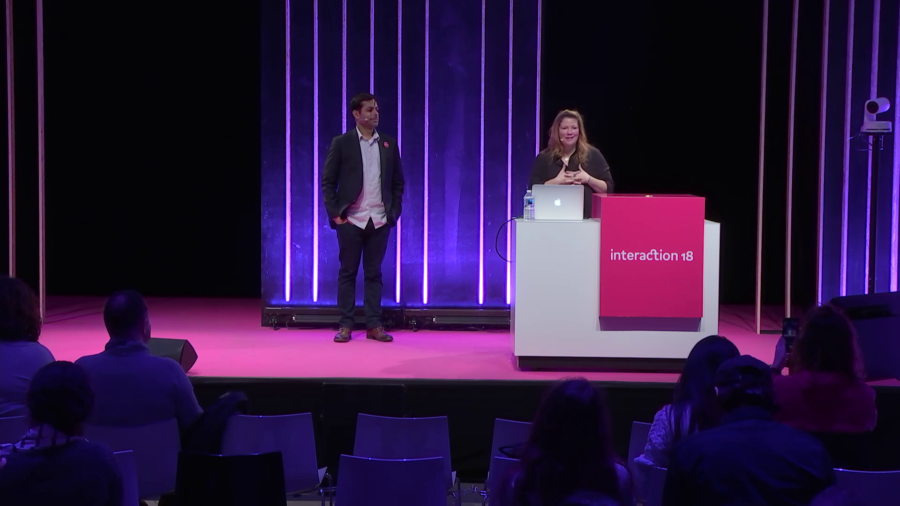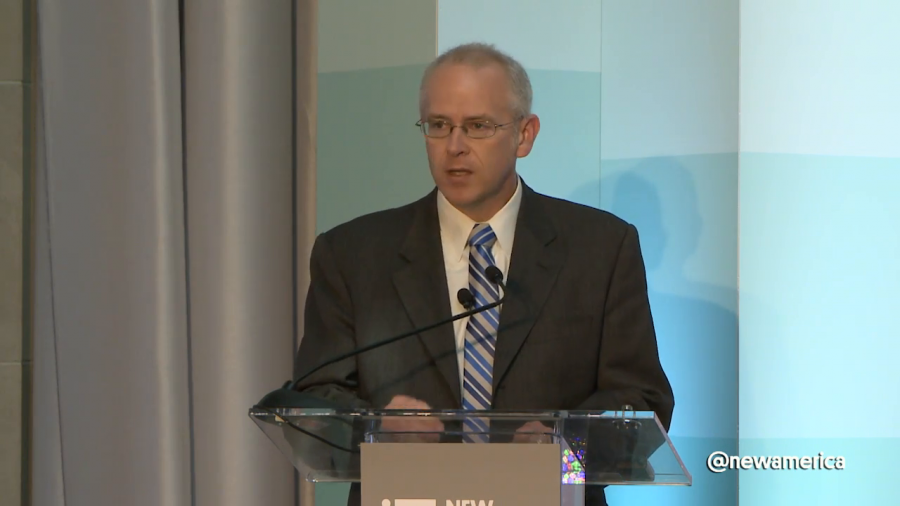We as designers have an ability to provide perspective, to bring focus, and to share the tools that we use on a daily basis to align a group of disparate voices for a cause that is greater than our own.
Archive

The Fourth Industrial Revolution is ushering in a significant increase in connected machines, connected products. And at the same time, the people who are standing next to these highly sophisticated machines are ultimately connected in their home lives. They carry a cell phone that’s managing their smart car, their smart home, their smart systems. But they have almost no interaction with the systems at work.
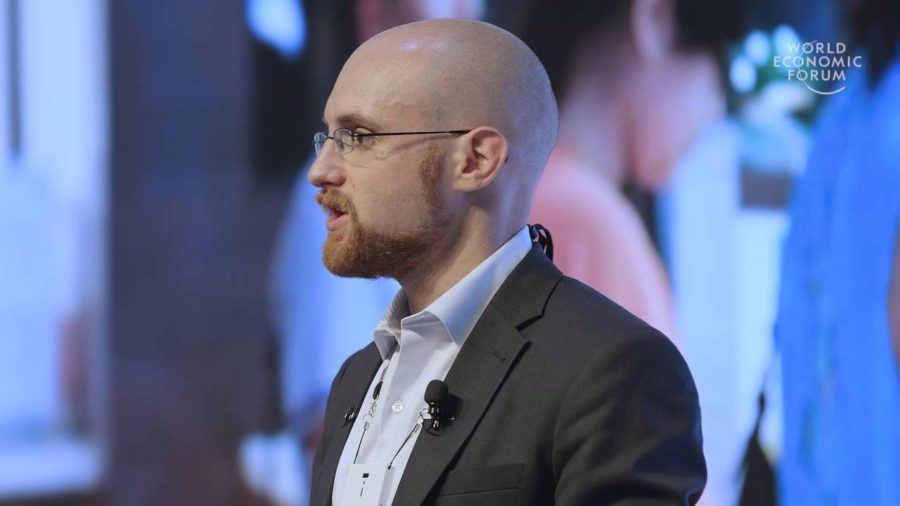
I could ask you questions about where your customers buy products, or what sort of products they buy. And you could give me very detailed answers. But I could ask relatively similar questions about what goes on within your company that you can’t answer.

Sometimes I think about these sorts of working graphics as a sort of mental scaffolding. In the act of rendering data, or drawing our thoughts, we assemble a construct to hang other concepts from. So it’s a construct that can be extended or modified or disassembled and turned into something new.
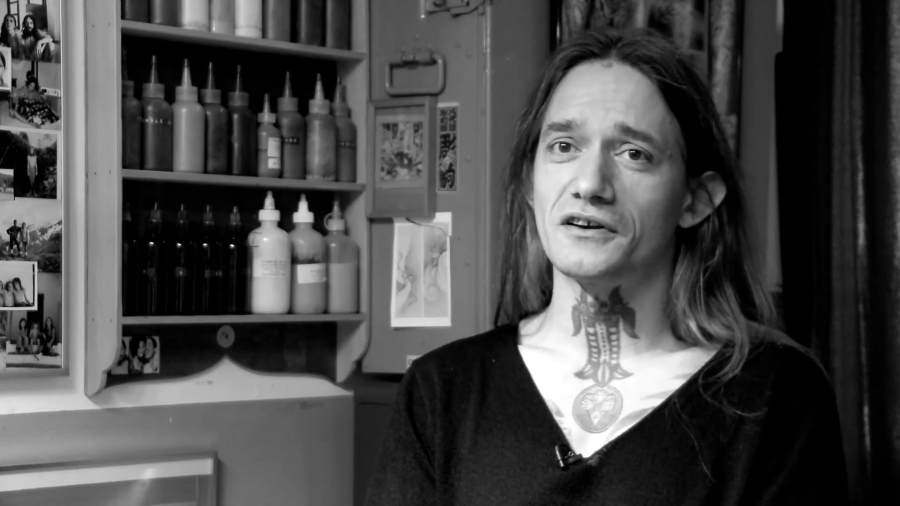
The main drive we all have is the desire to be tattooed. Design comes in secondary, absolutely, because there are multiple choices at every turn that would suit just fine.
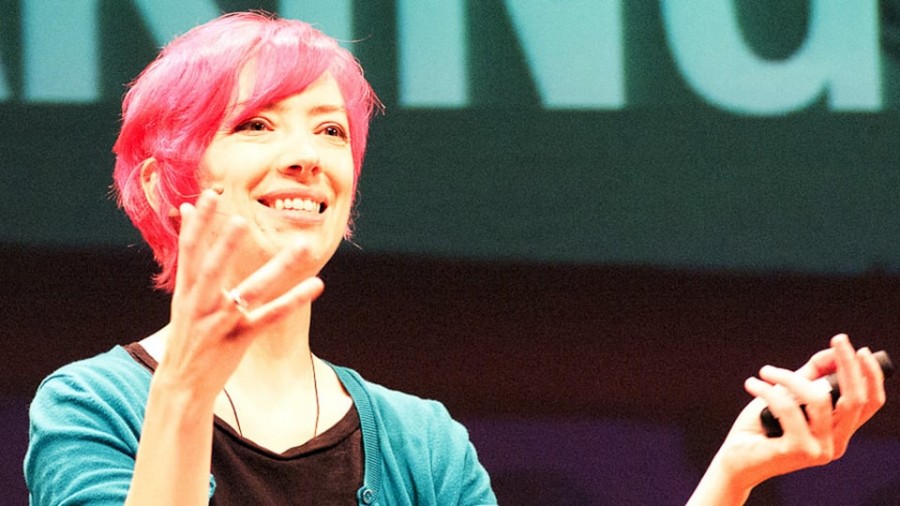
We can’t let our young designers and developers and writers, who want to be craftsmen, be separate from the stream of people who are working on these really complex, often kind of daunting, intimidating, tricky problems.
In this episode, we’ll take a broad understanding of the term “technology” and look at how processed and techniques have affected the way in which societal benefits from certain types of seeds have spread across the world, from indigenous knowledges, to biotechnology, and patenting and privatization of seeds.

